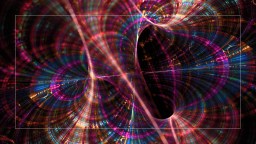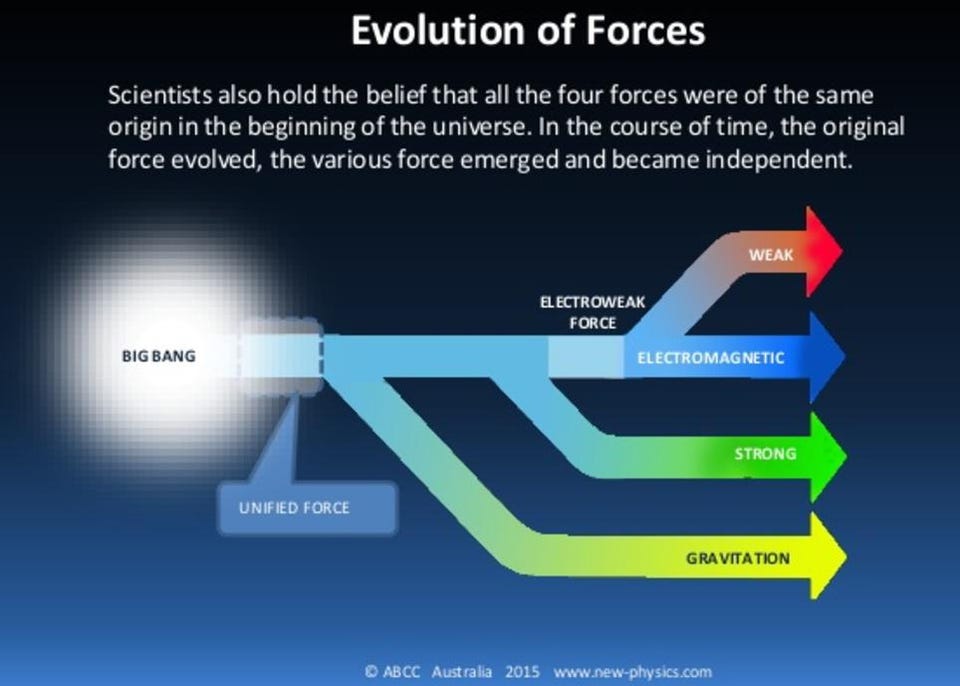Left-right, up-down, back-forth: These are the dimensional directions we’re able to perceive. Theoretical physics posits that additional dimensions could exist beyond our perceptive reach. In this video, string theorist and World Science Festival chairman Brian Greene dives head-first into the search for extra dimensions.
Brian Greene: The possibility of dimensions of space beyond the three that we know about is an idea that — it cropped up in the early part of the 20th century and it has been with us ever since. Even our modern approach to unified theory, something called string theory, invokes the possibility of more dimensions than the three that we experience, right. So we all know about left-right, back-forth, and up-down, right. Those are the three dimensions that are all around us. We all move through them freely in day to day life. These other dimensions suggested by theoretical considerations. There is no experimental evidence for any of what I’m about to tell you. But the theoretical considerations suggest that in addition to left-right, back-forth, and up-down there may be other spatial dimensions. It’s hard to picture, like, where could they be? There doesn’t seem to be any room left and that’s really the point. They are new places that our experience doesn’t allow us to access directly, but according to these theoretical ideas, might be there.
I love a little analogy that helps to understand this. Think of a garden hose is one that we love to use. So think about a garden hose that’s nice and long. Now from far away, the garden hose is going to look one dimensional because that’s the only part that you have the visual acuity to see because the circular part is just too small for your feeble eyes to detect. But then if you take a pair of binoculars from a faraway vantage point, now you see that there is a circular dimension, a circular part that wraps around the garden hose that you missed when you just used your feeble senses. So dimensions can be big, obvious, and easy to see or they can be curled up and tiny, much more difficult to detect. Now the garden hose is an object in our universe. But this idea might apply to space itself, right. So it could be that left-right, back-forth, and up-down are the big easy-to-see dimensions like the horizontal extent of the garden hose. But just as the hose has a curled up dimension, maybe space itself has curled up dimensions all around us, just curled up to such a fantastically small size that we can’t see them with our eyes. We can’t see them even with today’s most powerful microscopes. But the possibility, according to the mathematics well-motivated by these attempts of realizing [Albert] Einstein’s dream of unified theory, the math suggests this as a real possibility that there may be more dimensions than the ones that we directly experience.






